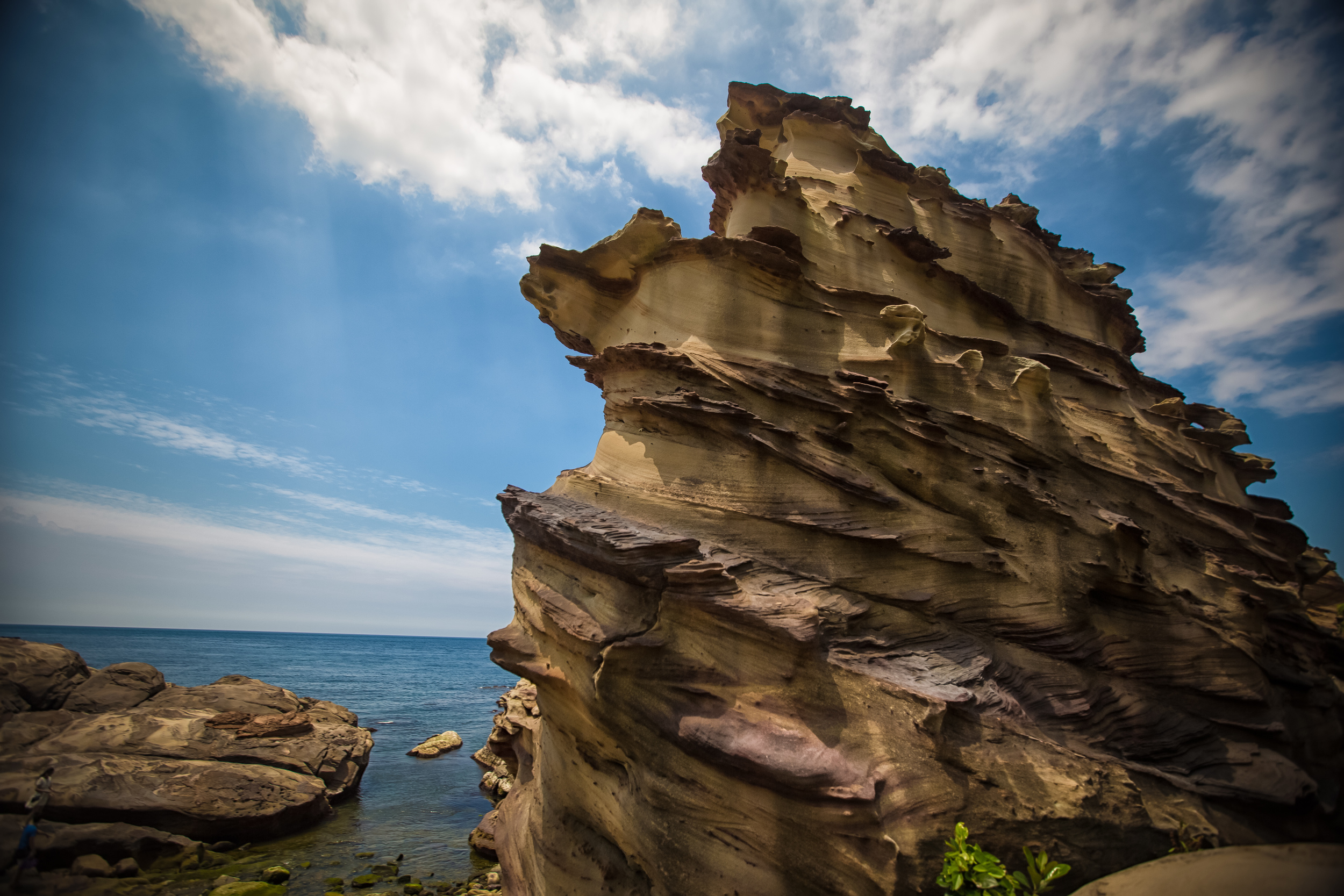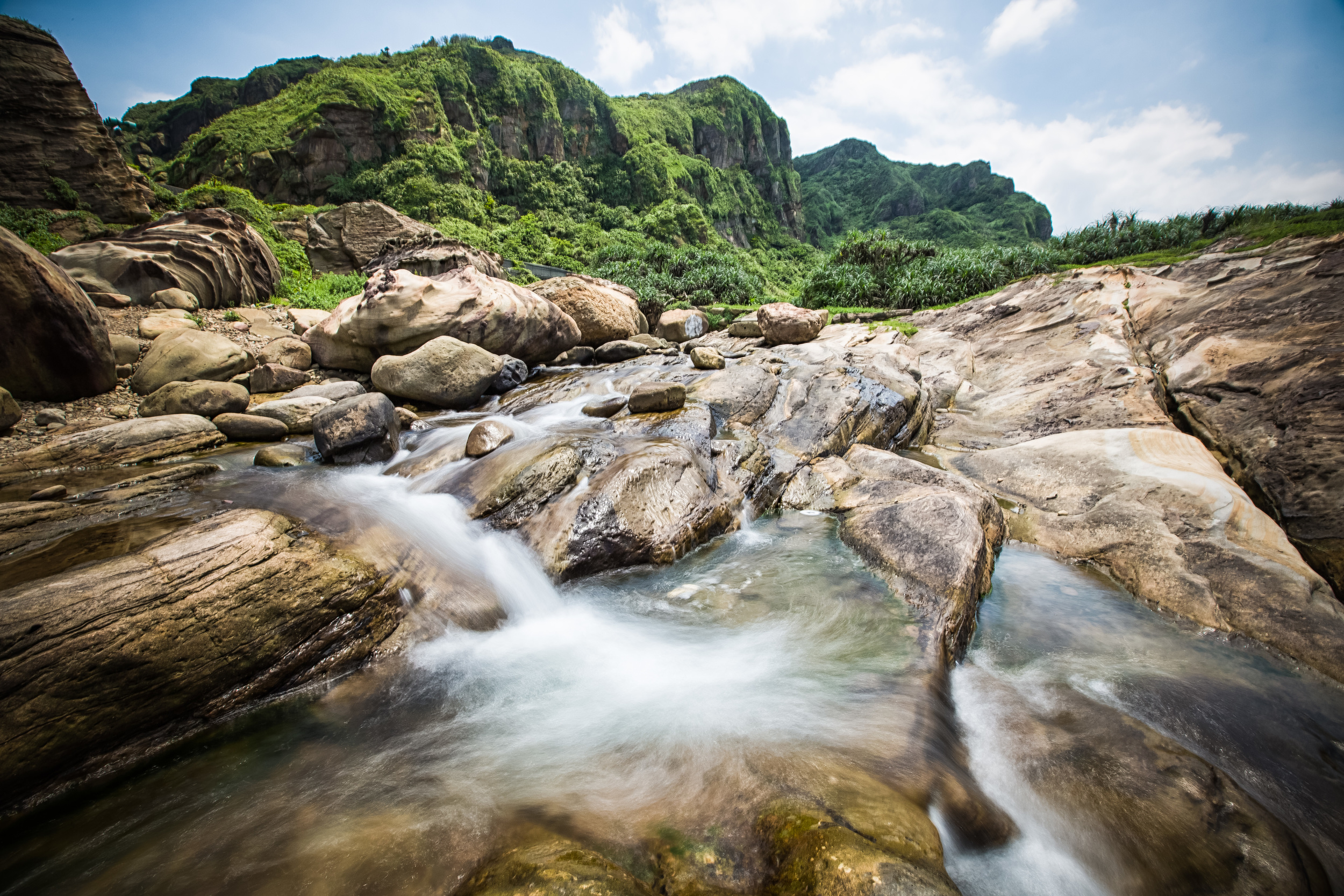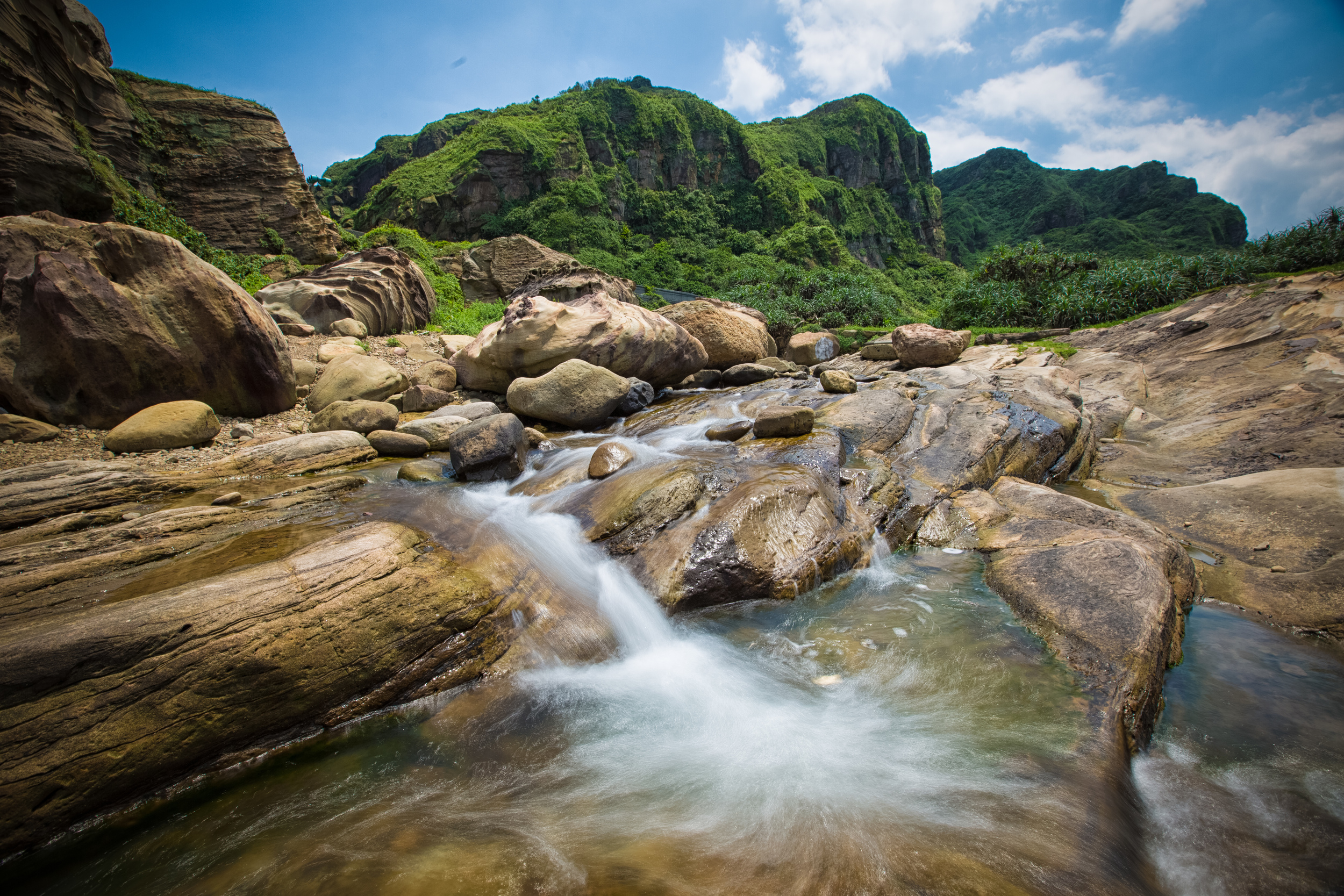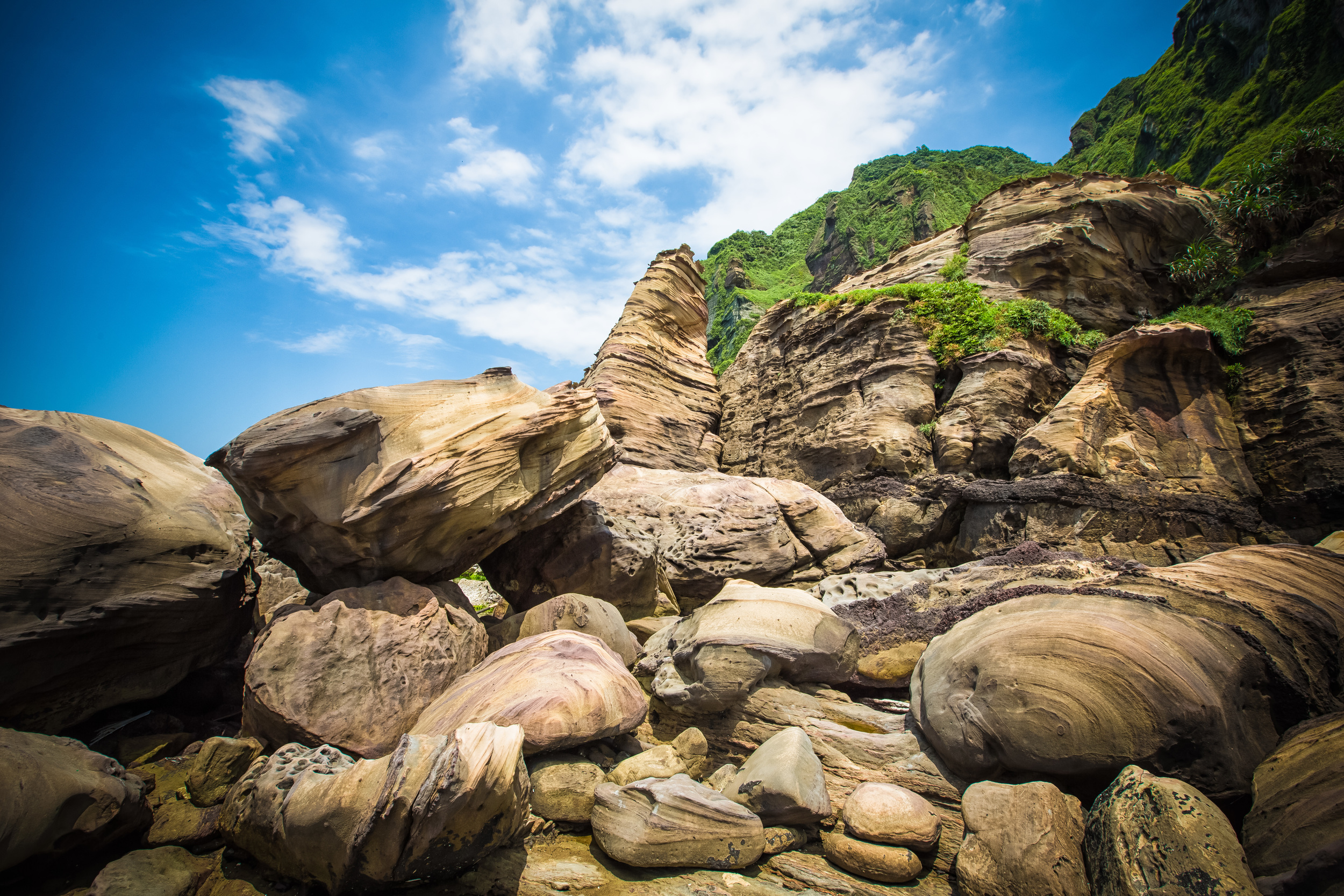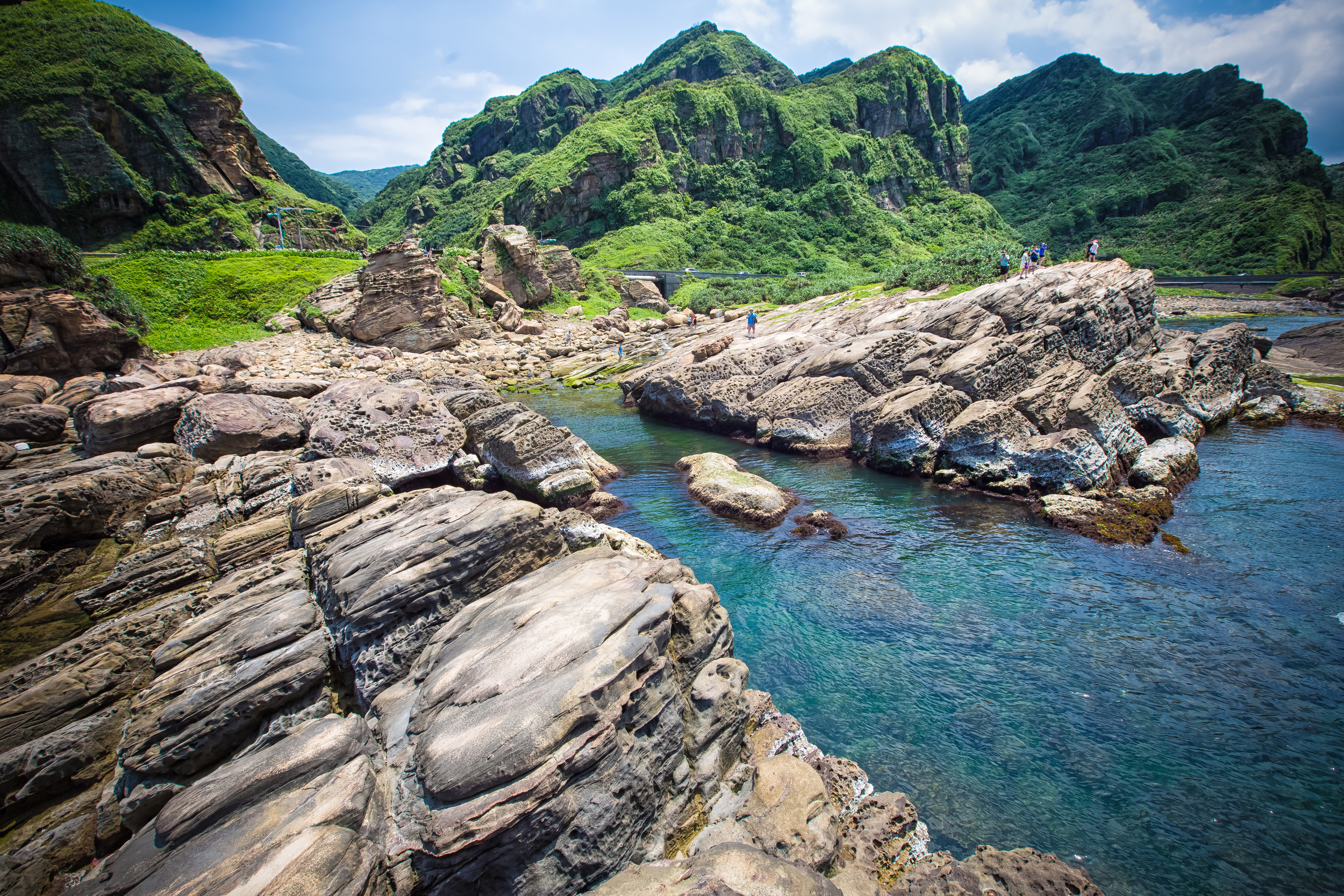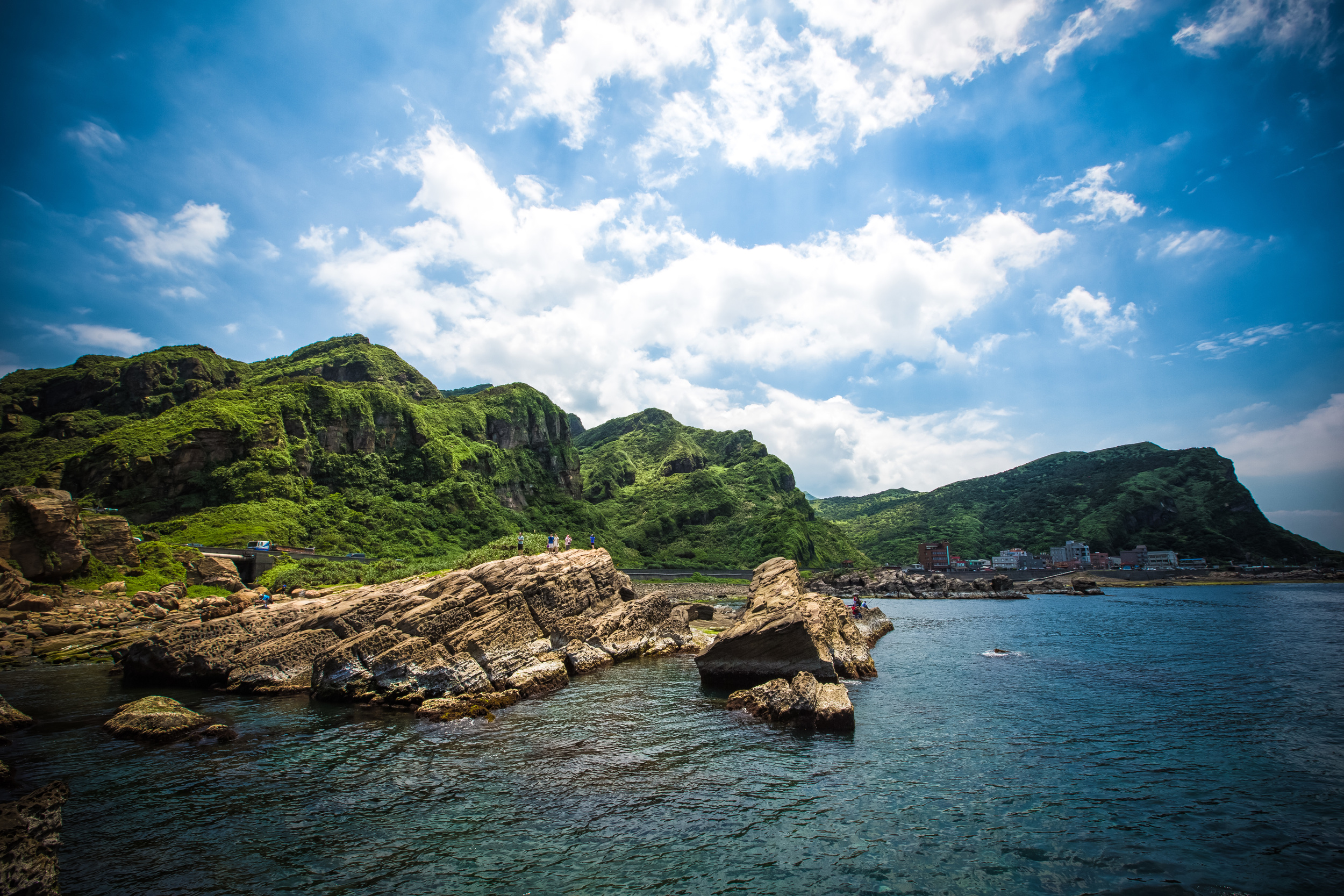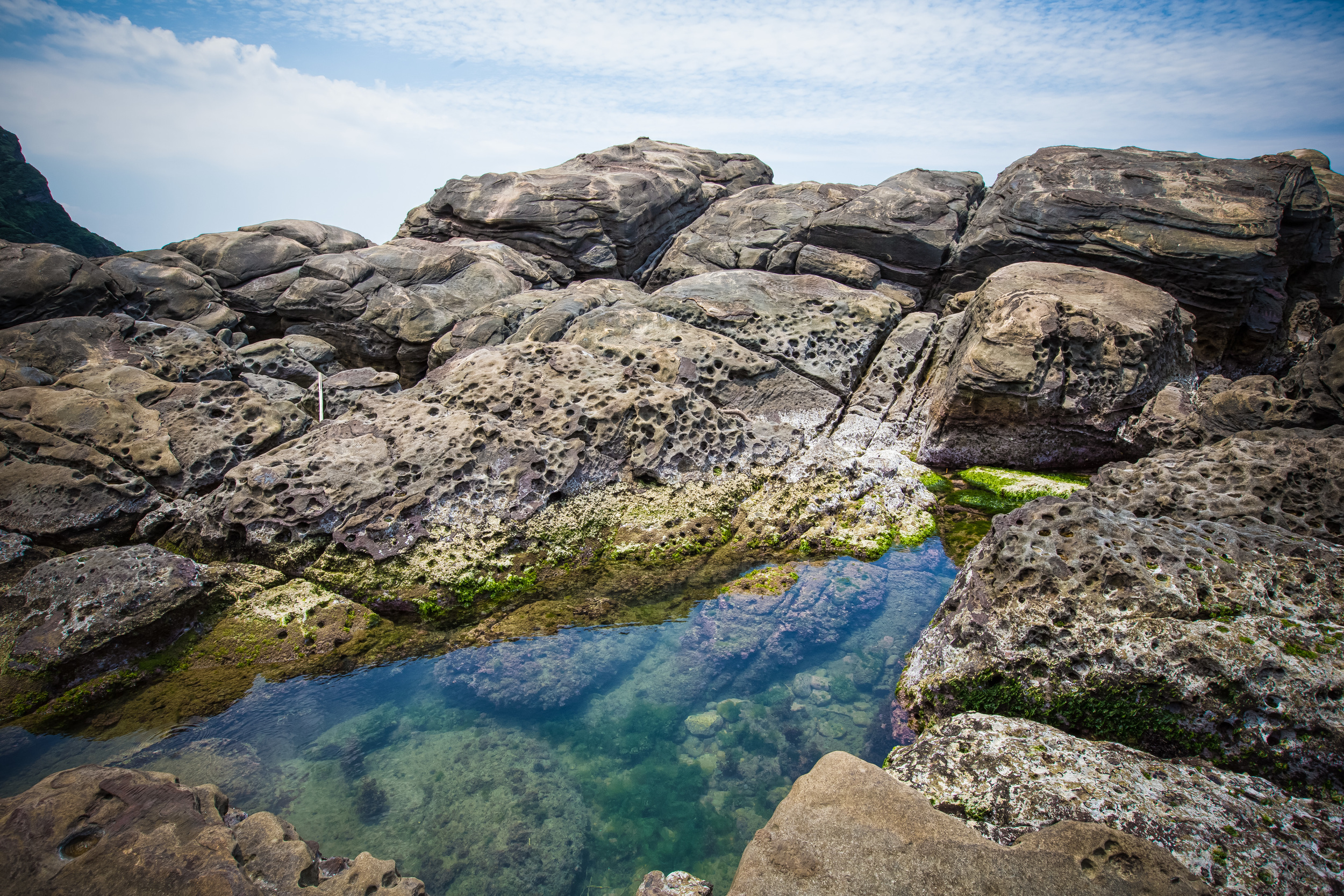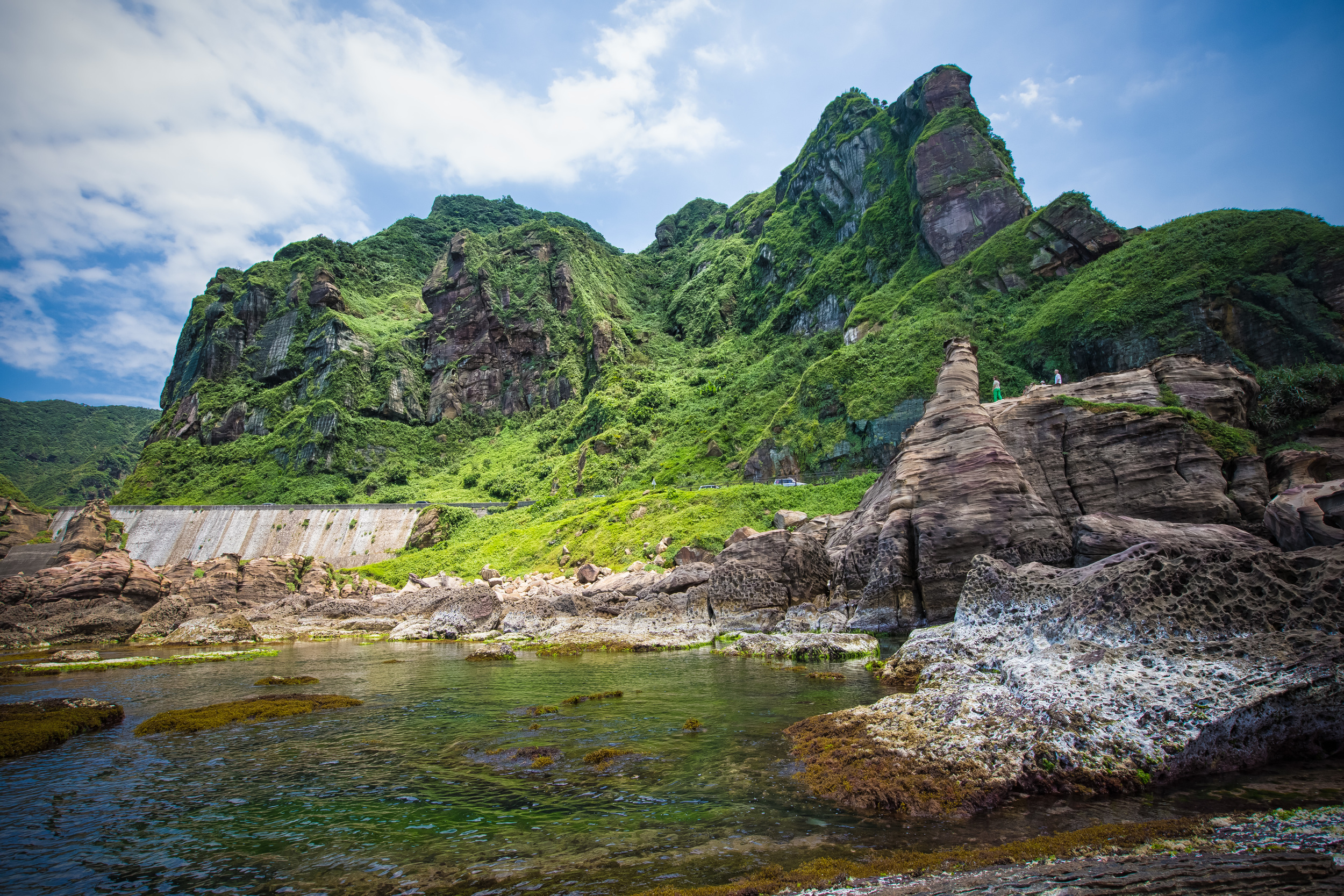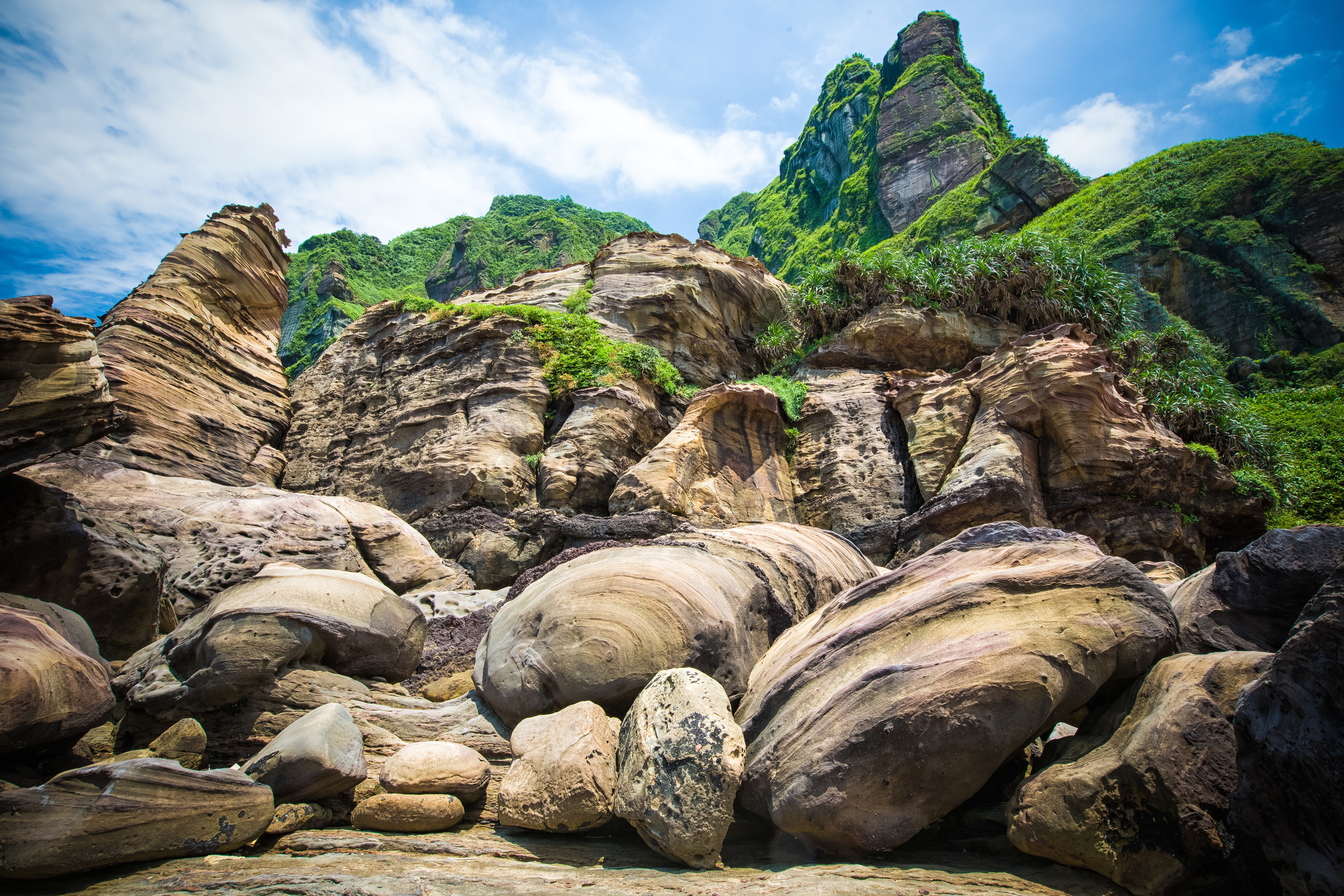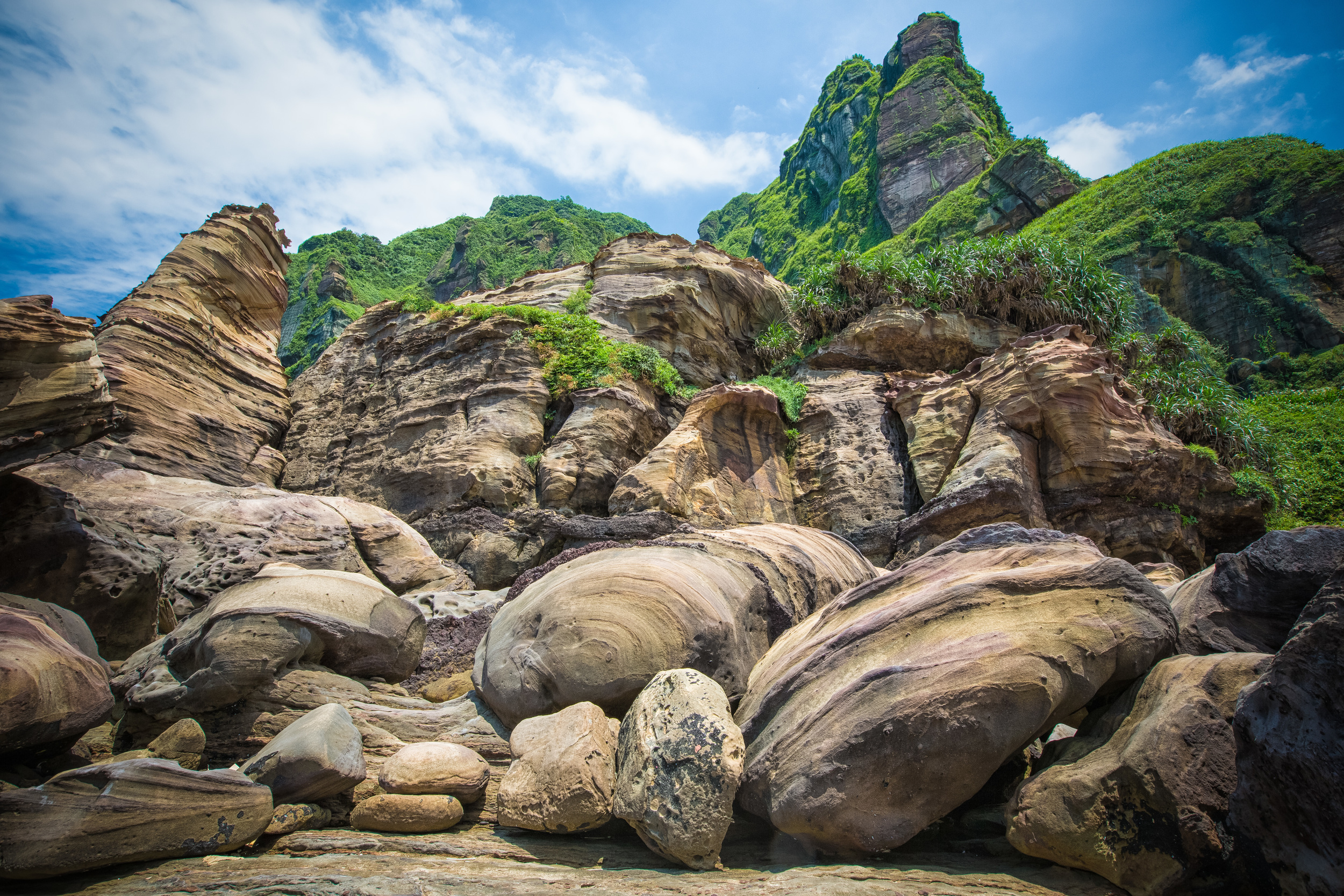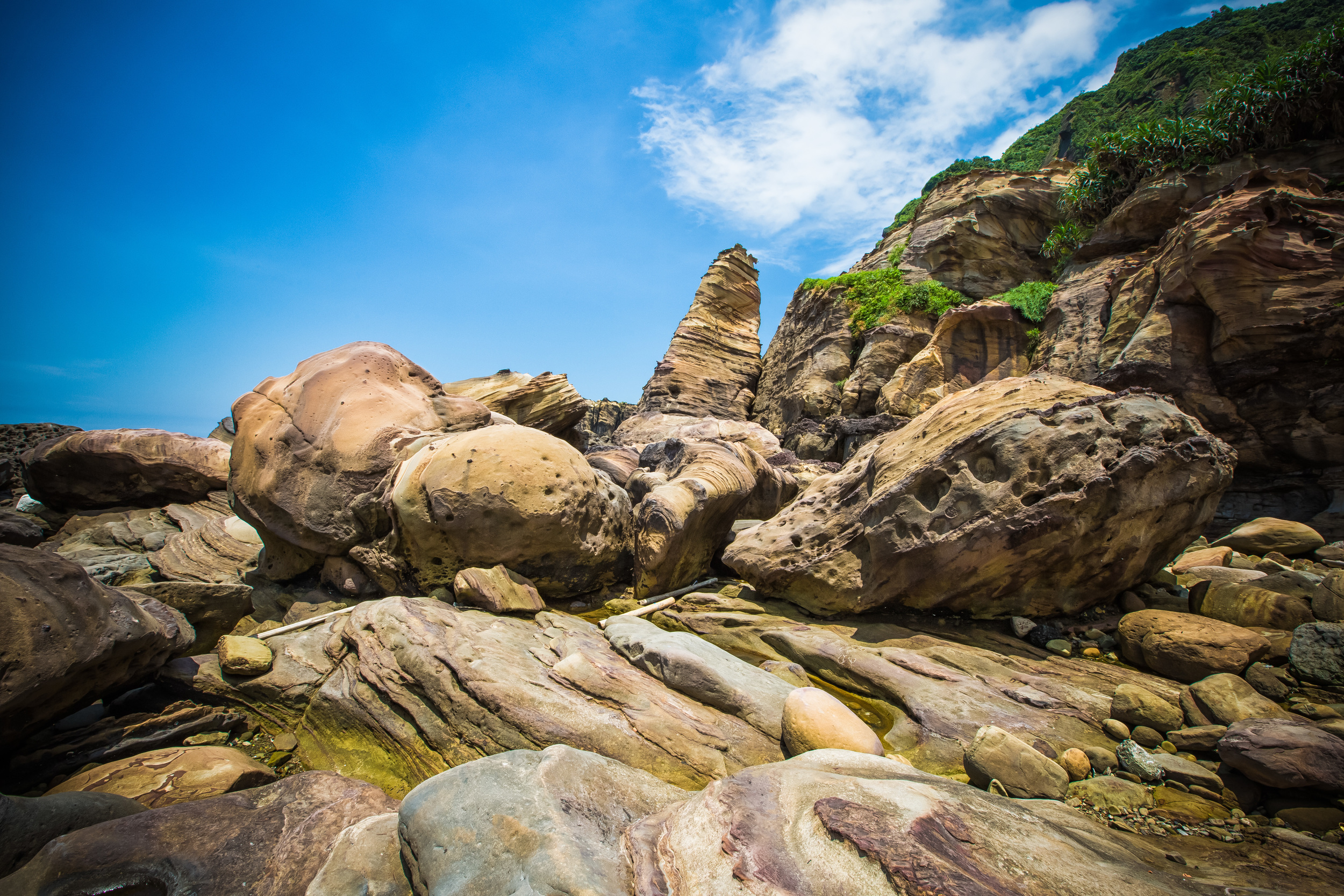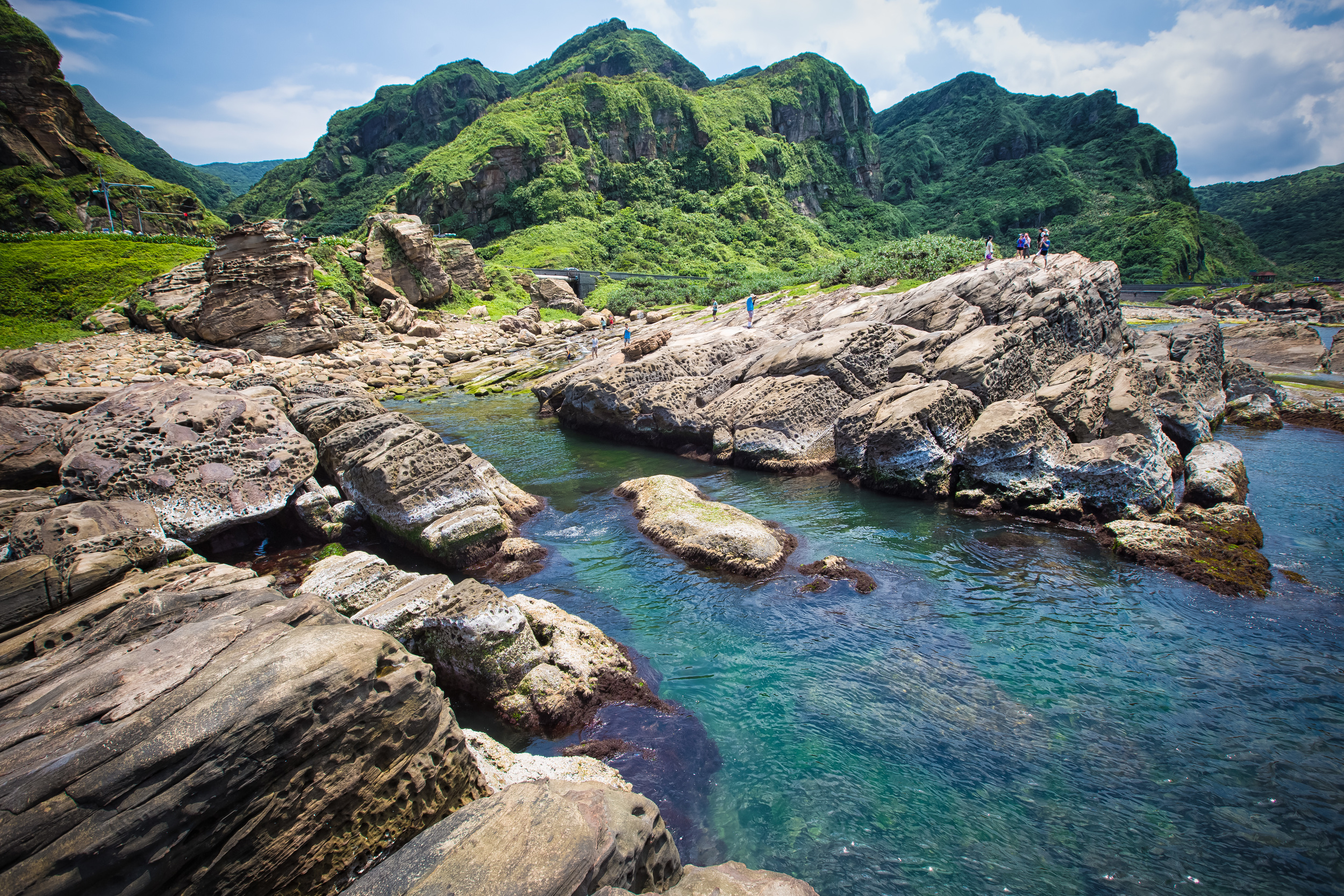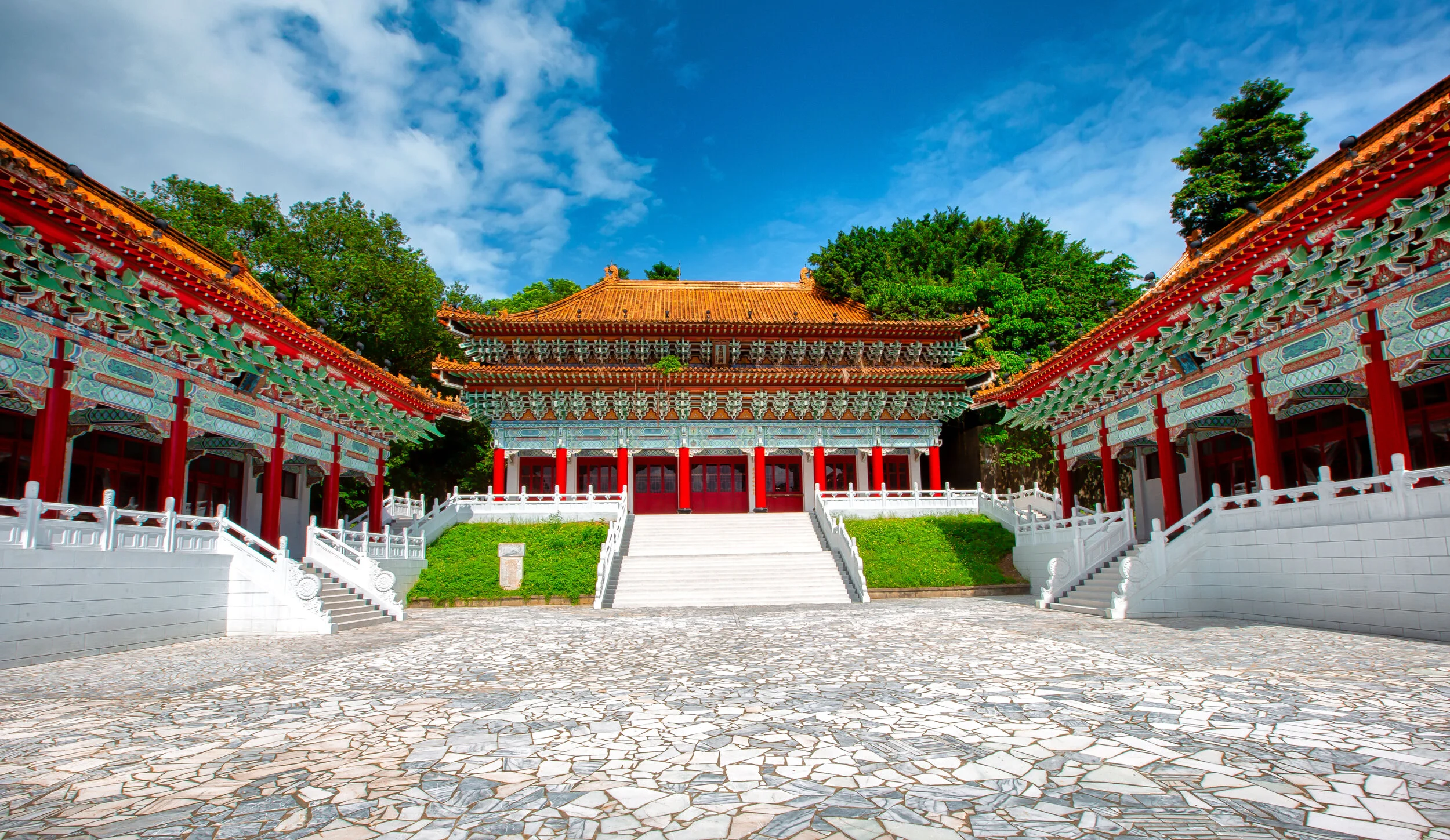Nanya, otherwise known as "Nanya Peculiar Rocks" (南雅奇石) is considered the 'gateway' to the North East Coast (北海岸) which happens to be one of the most beautiful drives in Taiwan. The drive along the coast features some of Taiwan's most iconic beauty with the Pacific Ocean on one side and giant mountains that seem to rise out of nowhere on the other.
If you're visiting Taiwan for a short time, it's always a great idea to get out of Taipei for a day or two and see some of the beautiful scenery Taiwan has to offer - A tour around the North East Coast is one of my most highly recommended day-trips for travellers and the spectacular scenery will not disappoint.
I had friends visiting from Korea last week and on their final day in Taiwan I decided to take them for a tour of the North East Coast which included a stop at Teapot Mountain, Nanya, Longdong (龍洞), Keelung Miaokou Night Market (基隆廟口夜市) and Jiufen (九份). I planned a full day for them and it didn't disappoint as the weather was beautiful and they were really happy as the scenery on the North East Coast is simply amazing comparing it to the coast of Hawaii.
My tour could have included the popular Yehliu Geopark (野柳地質公園) but I'm not really impressed by the park and I prefer to avoid crowds of annoying bus loads of tourists from China who frequent that area. The North East Coast is full of alternate locations where you can find similar rock formations like you'd find in Yehliu. Places like Laomei Green Reef (老梅綠石槽), Peace Island (和平島) and Nanya are good enough for me because you get pretty much the same experience without the "tourist trap" experience.
The great thing about Nanya is that it is just a simple stop on the side of the road along the coast. There is a parking lot for cars and scooters across the street and it's rarely full (even on weekends) so it is easy to park and go check out the rocks. The last two times I visited Nanya there was a police car waiting at the entrance to inform people to lock up their cars and close their windows because there have been incidents of robbery in the area. My guess is that one person had stuff from their car stolen in the parking lot and the police decided to just hang out and protect people.
The cool thing about Nanya is that the large rocks which were formed over thousands of years of weathering and erosion stick out in the sky looking like cones. There are also other rocks which have weird looking jokes in them making them look like moon rocks. If you climb on the larger rocks and go out to the edge you are able to see the coral reef in the crystal clear water below. There are also a multitude of crabs, sea cockroaches and other marine life all over the rocks.
You don't need a lot of time to see Nanya but the scenery is beautiful and you're able to enjoy it without bus loads of annoying tourists. If you are visiting the North East Coast on a day trip or you're just driving through it is definitely worth a stop to check it out.
Gallery / Flickr (High Res Photos)
